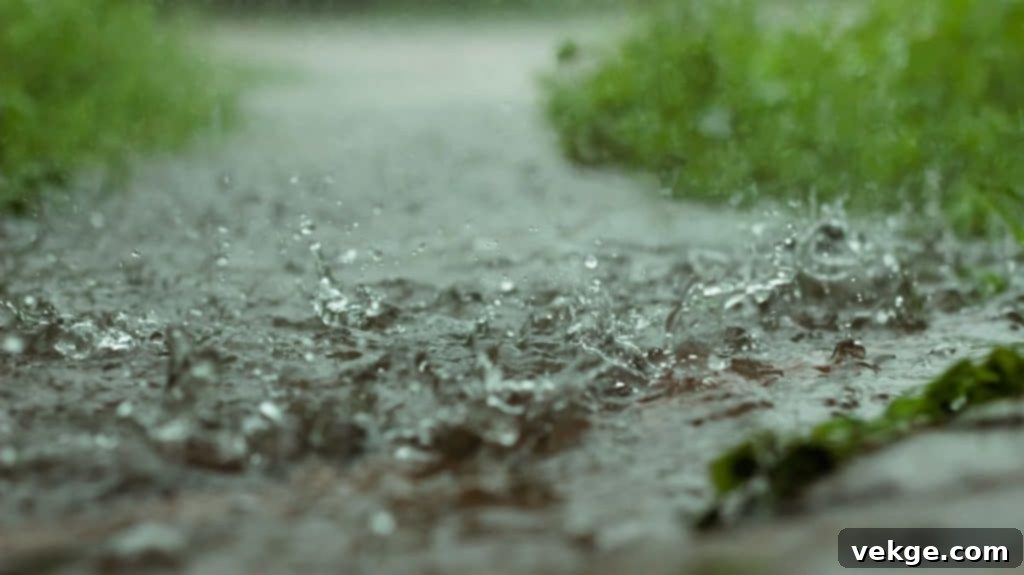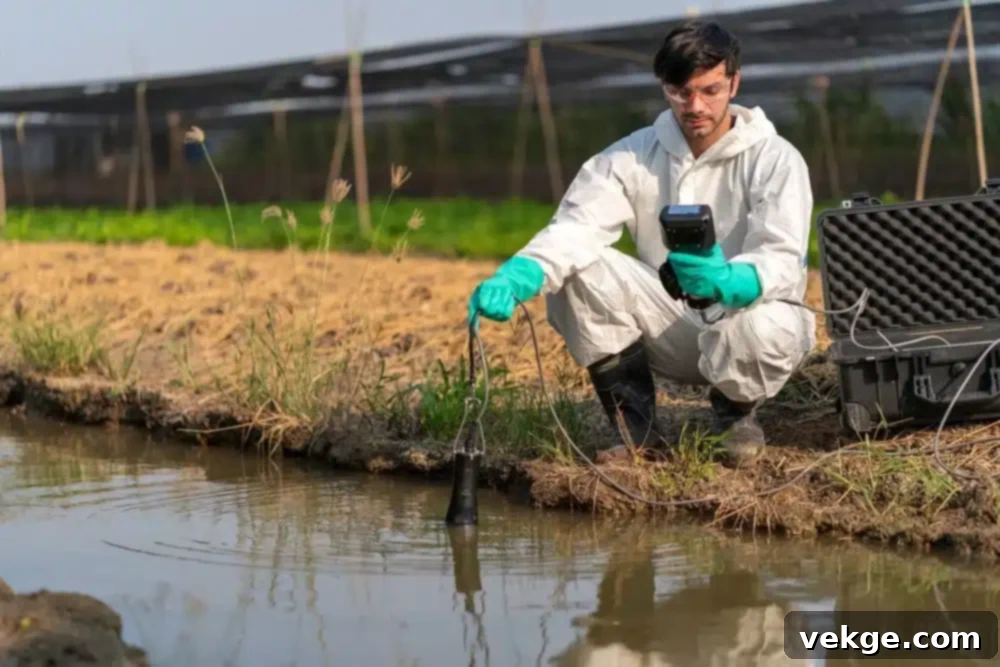Comprehensive Guide to Basement Waterproofing: Protecting Your Home from Water Damage
Imagine the unexpected: one day, your basement is dry and functional, and the next, it’s a scene of unexpected dampness or even a full-blown flood. Unseen moisture begins to collect in the most inconspicuous corners, and before you know it, the insidious effects of water damage are evident. Many homeowners are unaware that their very own walls can act as conduits, allowing water to seep in silently, often unnoticed until significant damage has occurred. In such critical situations, swift and decisive action is paramount, as even the tiniest cracks or the most minor leaks can escalate rapidly, leading to extensive structural damage, mold growth, and costly repairs.
The proactive and definitive solution to these pervasive challenges is professional basement waterproofing and sealing. This comprehensive guide will delve into the most prevalent waterproofing challenges homeowners face today, offering insights into their causes and providing expert strategies for effectively addressing and preventing them, ensuring your home remains a safe and dry haven.
Debunking the Myth: Water Damage Isn’t Just About Heavy Rainfall

One of the most dangerous and financially damaging misconceptions homeowners hold is the belief that their property is immune to water damage simply because their region experiences infrequent or light rainfall. This assumption can prove incredibly costly. While severe weather certainly contributes to water intrusion, it’s far from the only culprit. In reality, a significant portion of water damage incidents stems from a variety of less obvious sources, including burst or broken interior pipes, compromised or leaking foundations, and obstructed or poorly functioning exterior drains. Across the United States, water damage accounts for a staggering 20% of all homeowner insurance claims annually, leading to approximately $13 billion in settlement costs each year. This highlights the widespread nature of the problem, irrespective of local weather patterns.
As any reputable waterproofing company will emphatically confirm, water possesses an uncanny ability to infiltrate, always finding the path of least resistance, even if it’s merely a microscopic opening. This becomes particularly problematic when water slowly seeps through imperceptible cracks in basement walls or foundation structures. Such persistent, low-volume water intrusion can go undetected for extended periods, silently wreaking havoc. Over time, this often leads to the insidious development of mold colonies, compromised air quality, and severe structural degradation before any visible signs like damp spots or puddles finally emerge. By the time these issues become noticeable, the damage is often extensive and far more expensive to remediate.
Proactive Steps to Avoid Costly Insurance Headaches
While there isn’t a universal legal mandate requiring a home to be certified “watertight” before obtaining insurance, many insurance providers are increasingly stringent. They frequently necessitate homeowners to implement specific risk mitigation measures before they will issue a policy or offer comprehensive coverage. This is especially true for damage caused by chronic issues like inadequate property maintenance or slow, long-term problems, such as consistently leaking basement walls, which are often explicitly excluded from standard homeowner insurance policies. Insurers view these as preventable issues, and their coverage typically focuses on sudden, accidental damage.
In certain scenarios, particularly for older properties or homes situated in areas prone to environmental risks, insurance companies may mandate a professional home inspection prior to policy issuance. This is precisely where the expertise of a professional waterproofing contractor becomes invaluable. These specialists are equipped to conduct thorough building analyses, meticulously identifying potential weak points in your home’s defenses against water. They can then recommend and execute effective preventive waterproofing measures, such as exterior drainage improvements, interior perimeter drain systems, or foundation crack repairs. Such comprehensive inspections not only play a crucial role in preventing substantial, long-term damage to your property but also significantly contribute to building trust with your insurer, potentially leading to more favorable policy terms.
Providing documented proof of your home’s robust condition and proactive waterproofing efforts can yield tangible benefits, including reduced insurance premiums and a streamlined process for obtaining a policy. Furthermore, some insurers actively encourage or even require homeowners to install modern retrofit measures. These might include sophisticated water shut-off systems that detect leaks and automatically cut off the water supply, advanced moisture protection barriers, or sump pump installations as a prerequisite for coverage, underscoring the importance of a well-maintained and protected basement for both homeowners and insurance providers alike.
Groundwater: The Silent, Underestimated Threat to Your Foundation

Beyond rainfall and plumbing failures, groundwater represents a profound and often underestimated hazard to home foundations. In the United States, regions characterized by elevated groundwater levels—such as the coastal areas of Florida and Louisiana, or communities situated along major rivers and large lakes—face an inherently higher risk of significant water damage. An consistently elevated groundwater table exerts continuous hydrostatic pressure on the foundations and basement walls of buildings. This relentless pressure is generated by the sheer weight of the water in the surrounding soil, pushing inwards against your home’s foundational structures. Over time, this constant force can lead to severe structural degradation, manifesting as large cracks, bowing walls, and overall instability, jeopardizing the integrity of the entire building.
To monitor this critical environmental factor, the U.S. Geological Survey (USGS) diligently tracks groundwater levels across over 850,000 wells nationwide. This data is vital for understanding hydrological patterns and their potential impacts on both natural ecosystems and human infrastructure, including residential properties. Hydrostatic pressure doesn’t just cause large-scale structural issues; it can also force water through the tiniest, almost invisible cracks in basement walls, compromising insulation, fostering a perpetually damp environment, and creating ideal conditions for mold and mildew. In particularly vulnerable areas, or where existing drainage systems are inadequate or have failed, this persistent pressure can even culminate in sudden and severe basement flooding, causing immediate and extensive property loss.
Given the pervasive and relentless nature of groundwater, it is absolutely essential that professional waterproofing contractors regularly inspect and assess a building’s existing insulation, foundation, and exterior drainage systems. These highly trained experts possess the knowledge and tools to identify potential weak points and vulnerabilities long before they escalate into major, catastrophic damage. They can then recommend and implement a range of preventive measures. These solutions might include the installation of robust perimeter drainage systems (such as French drains), the application of advanced exterior waterproofing membranes, interior drainage systems connected to sump pumps, or the strategic reinforcement of foundations to withstand external pressures. Investing in these professional services safeguards your home’s structural integrity, protects its value, and ensures a dry, healthy living environment for years to come.
Emergency Action Plan: What to Do if You Notice Water in Your Basement or on Your Walls
Discovering water in your basement or visibly seeping through your walls can be alarming, but remaining calm and following a systematic emergency plan is crucial to minimizing damage and ensuring safety. Your very first step should be to identify the source of the water intrusion. Is it a sudden burst pipe, the insidious rise of groundwater, or evidence of a compromised waterproofing system? If you suspect a burst pipe or a major plumbing leak, locate and immediately shut off your home’s main water supply valve to halt the flow and prevent further damage. If the source isn’t immediately obvious, meticulously inspect all visible pipes, check the exterior grading around your foundation, and carefully examine the condition of your walls and floors for any signs of cracks or dampness.
Once the source is identified and contained (if applicable), the next critical step is to remove the standing water as quickly and thoroughly as possible. For larger volumes of water, a reliable submersible pump can be invaluable; for smaller amounts, wet/dry vacuums, buckets, and old towels will suffice. Speed is of the essence not only to prevent further structural saturation but also to proactively combat mold growth. The Federal Emergency Management Agency (FEMA) explicitly warns that mold can begin to form in damp conditions within a mere 24 to 48 hours, posing significant health risks and further property damage. After removing visible water, focus on drying the area completely. Open windows and doors to promote air circulation, use fans to accelerate drying, and strategically place dehumidifiers to significantly reduce ambient humidity levels. These devices are crucial for extracting moisture from the air and porous materials.
Following the immediate clean-up and drying, a comprehensive analysis of the underlying cause is paramount to prevent recurrence. This is where professional expertise becomes indispensable. A certified waterproofing contractor or an experienced plumber can conduct a thorough assessment, accurately identifying the root cause of the water intrusion, whether it’s foundation cracks, a failing drainage system, hydrostatic pressure issues, or a hidden plumbing fault. The EPA strongly recommends fixing leaks promptly, emphasizing that immediate repair is vital not only to minimize ongoing structural damage but also to mitigate potential health risks associated with dampness and mold. Investing in a professional assessment and implementing their recommended long-term solutions will protect your home, ensure its structural integrity, and provide lasting peace of mind.
